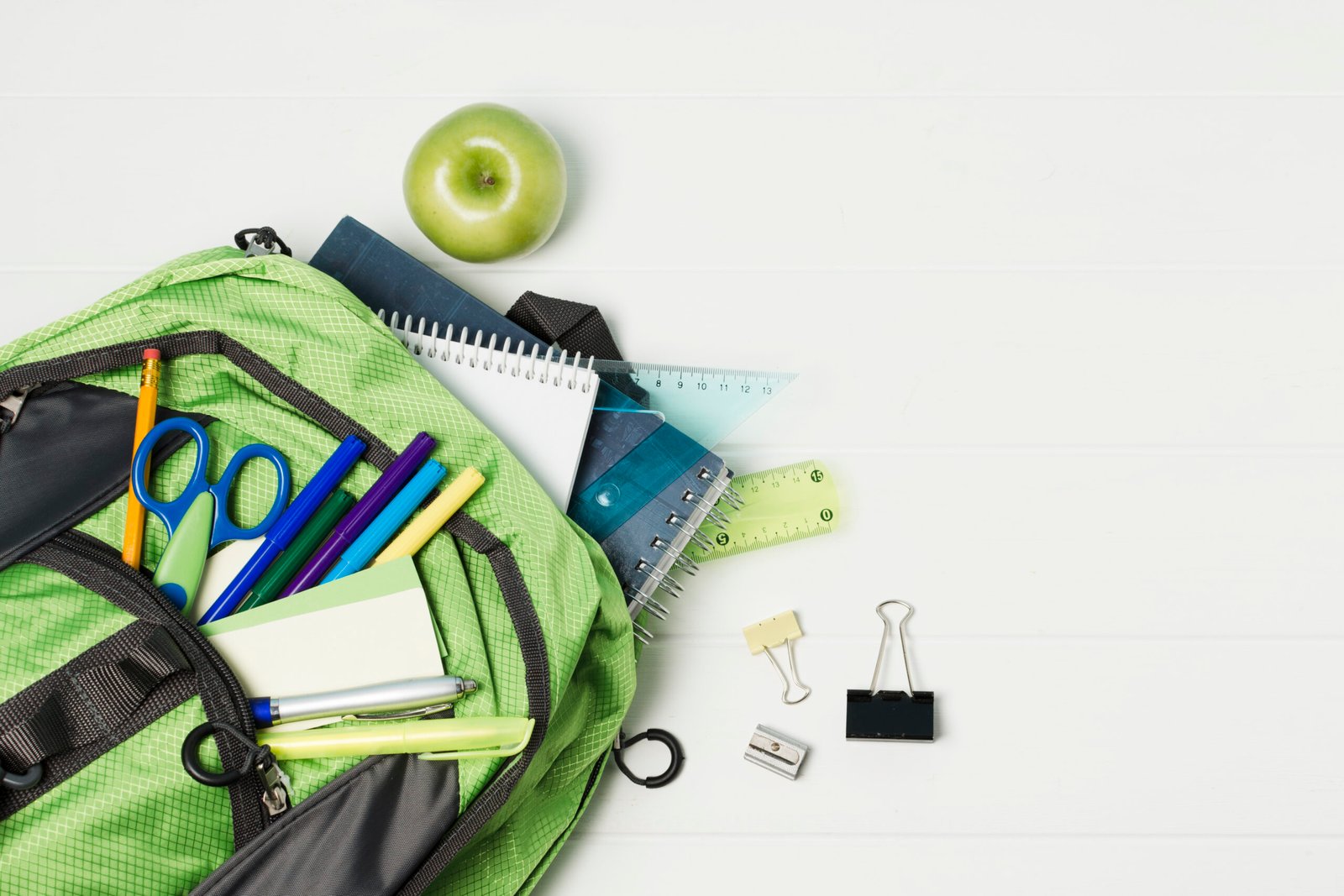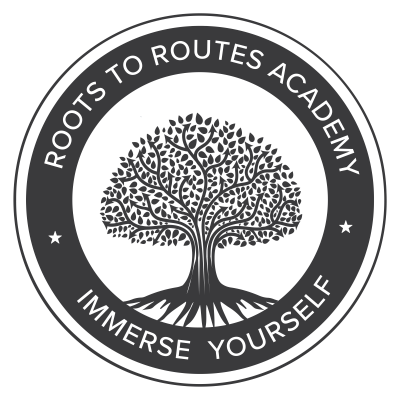The Grade 9 Math Survival Guide for Starting Strong in September
May 19, 2025

Starting high school math can feel like stepping into a whole new world. The numbers get bigger, the equations get trickier, and suddenly, terms like “linear relations” and “polynomials” are part of your daily vocabulary. But here’s the secret: Grade 9 math doesn’t have to be scary. With the right strategies, you can not only survive but also ace it. Here’s how to start strong and why starting this summer can make all the difference.
1. Nail the Basics Now, Thank Yourself Later
Before diving into new topics, check your foundation. Have you properly understood fractions, decimals, and basic algebra? If you haven’t, don’t sweat it. Spend 20 minutes twice a week brushing up. Try apps like Khan Academy or grab a worksheet to refresh your memory. When you understand the building blocks, tackling tougher Grade 9 concepts becomes so much easier.
Next, break your review into bite-sized chunks. Instead of cramming everything in one day, try tackling one concept twice a week, say, every Monday and Thursday. That steady pace helps the information stick in your brain without overwhelming you. By the time you begin high school, you’ll notice that those “new” topics feel very familiar.
2. Get Organized
High school means more assignments, tests, and deadlines. A planner or app can save your sanity. Mark your test dates, homework deadlines, and even study sessions.
If you like colors, try colour‑coding your folders or calendar entries. Try blue for algebra, green for geometry and yellow for study group meet‑ups. This visual trick makes it quick to see what’s coming up and where your focus should be. When you stay organized, you spend less time hunting for notes and more time actually learning.
3. Practice Daily, Even 15 Minutes Counts
Math loves consistency. Instead of cramming, solve 3-5 problems daily. Day 1, tackle algebra; the next day, try geometry puzzles. These mini-sessions build brain muscles without burnout.
Those short, daily sessions help your brain build strong connections. Plus, it feels less daunting than marathon study sessions. After a few weeks, you’ll find that you understand concepts faster and make fewer mistakes. It’s all about steady, small steps rather than giant leaps.
4. Ask Questions Before You’re Lost
Are you confused? Ask questions.
Your teachers are there to help. If raising your hand feels scary, jot down questions and chat after class or email them. Summer learners in our programs get good Q&A time for clarity.
Chances are, other students have the same question but are too shy to speak up. Remember, turning confusion into curiosity is one of the fastest ways to learn.
5. Learn the Why Behind the How
Yes, memorizing formulas can get you through a quiz, but understanding why a formula works turns math into a tool you can adapt. For example, rather than just memorizing the Pythagorean theorem, try drawing right triangles, measuring sides yourself and seeing the relationship in action.
When you connect math to the real world, like using percentages to calculate discounts on back‑to‑school shopping, it becomes more interesting and memorable. The “why” gives context that helps you remember and apply knowledge to new problems.
6. Find Your Study Squad
Studying solo has perks, but having a study squad will help you achieve next-level learning. Explain concepts to each other, quiz yourselves, and celebrate wins. If you can’t meet in person, Zoom works too; share your screens and solve problems together.
Teaching someone else is a great way to test your own understanding, and your study squad can become a source of encouragement when the work feels heavy.
7. Draw the Concepts: Visuals Are Your Friend
Sometimes high school math can feel like a jigsaw puzzle. Visual aids like colourful graphs, diagrams and flowcharts provide an image you can see and follow. Drawing a graph on paper or using an online tool to plot equations helps you see patterns that words alone can’t show.
Watching animated tutorials on YouTube or creating your own colour‑coded notes can bring various math concepts to life. When you see an idea in both words and images, your brain forms stronger memories, making it easier to recall and apply what you learn.
8. Test Yourself Like a Pro
Tests often cover several topics, so practising in a way that feels just like you’re writing exams is a smart way to know how you’d fare. Try timed quizzes at home, using old homework questions or sample exams. That practice helps you manage your time and get comfortable with typical exam pressure.
Tip: Before you start, skim through the entire test to spot questions you find easier. Answer those first to build confidence, then circle back to tougher problems. Having a plan helps you use every minute wisely and leaves you feeling in control.
9. Embrace Mistakes as Learning Tools
Every time you make an error, you discover a chance to learn. Keep a simple mistake journal: write down the problem, note what went wrong and summarise the correct method. Over time, you will see patterns in your mistakes and know exactly which areas to revisit.
Instead of beating yourself up over wrong answers, celebrate the fact that you caught the mistake and figured out the solution.
10. Cultivate a Positive Math Mindset
Math anxiety is a real thing, but you can fight it with small mindset shifts. Swap “I can’t do this” for “I can’t do this yet”. That little word “yet” reminds you that skills improve with effort and time.
Celebrate every achievement, whether it’s mastering a new formula or improving your quiz score by a few points. Those wins boost your confidence and make tackling the next challenge feel a lot less intimidating.
The Best Way to Prepare This Summer is by Attending Roots to Routes Academy Summer Program.
Imagine walking into September already knowing Grade 9 math and not having to study it again. Roots to Routes’ summer program will make this happen for you. Think:
- Small groups (max 25 students) for personalized learning.
- Earn your math credit before even setting foot in high school
- Real-life applications so math feel like fun.
Don’t play catch-up in September; start strong now.
![]()
Related Posts
We’re So Glad You Made It Here
We know you might still have a few questions or concerns and that’s completely okay. We’re here to listen, to support, and to make sure you have all the information you need.
If something’s on your mind, don’t hesitate to reach out. Just send us a quick message, we’re happy to help.
Once you do, a member of our team will get back to you shortly and you’ll also start receiving our free, value-packed newsletters filled with tips, resources, and insights to support your child’s learning journey.


